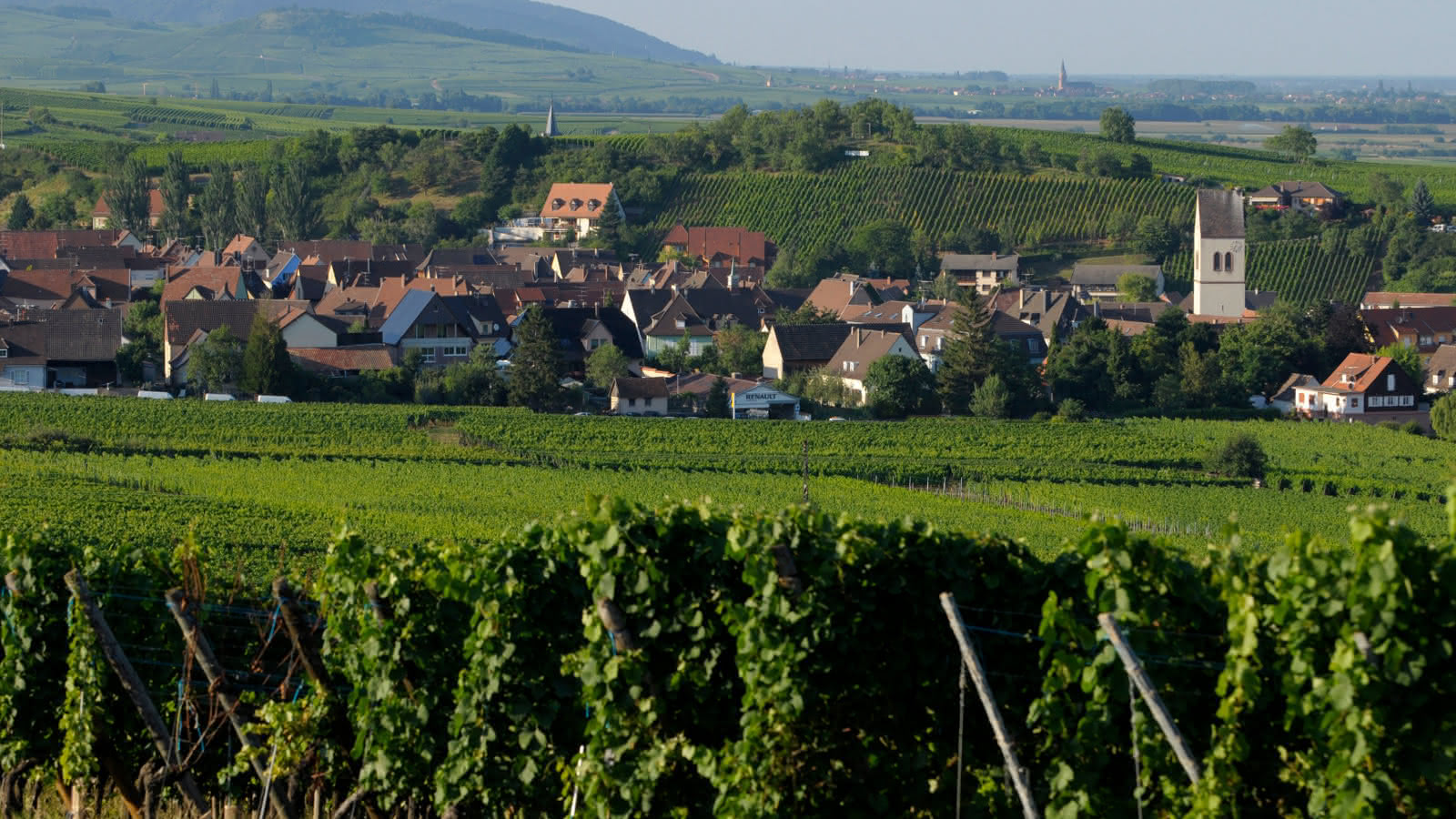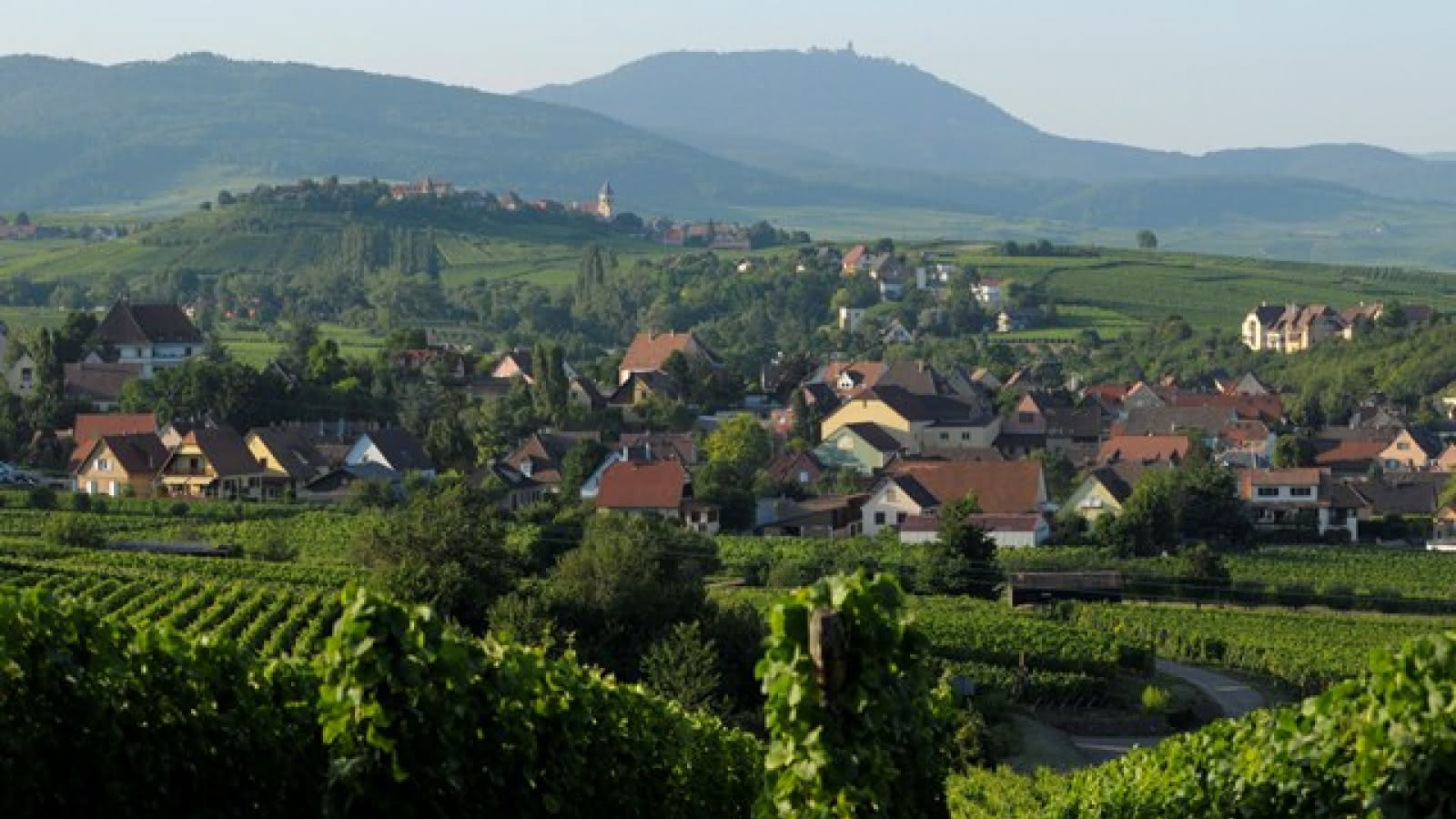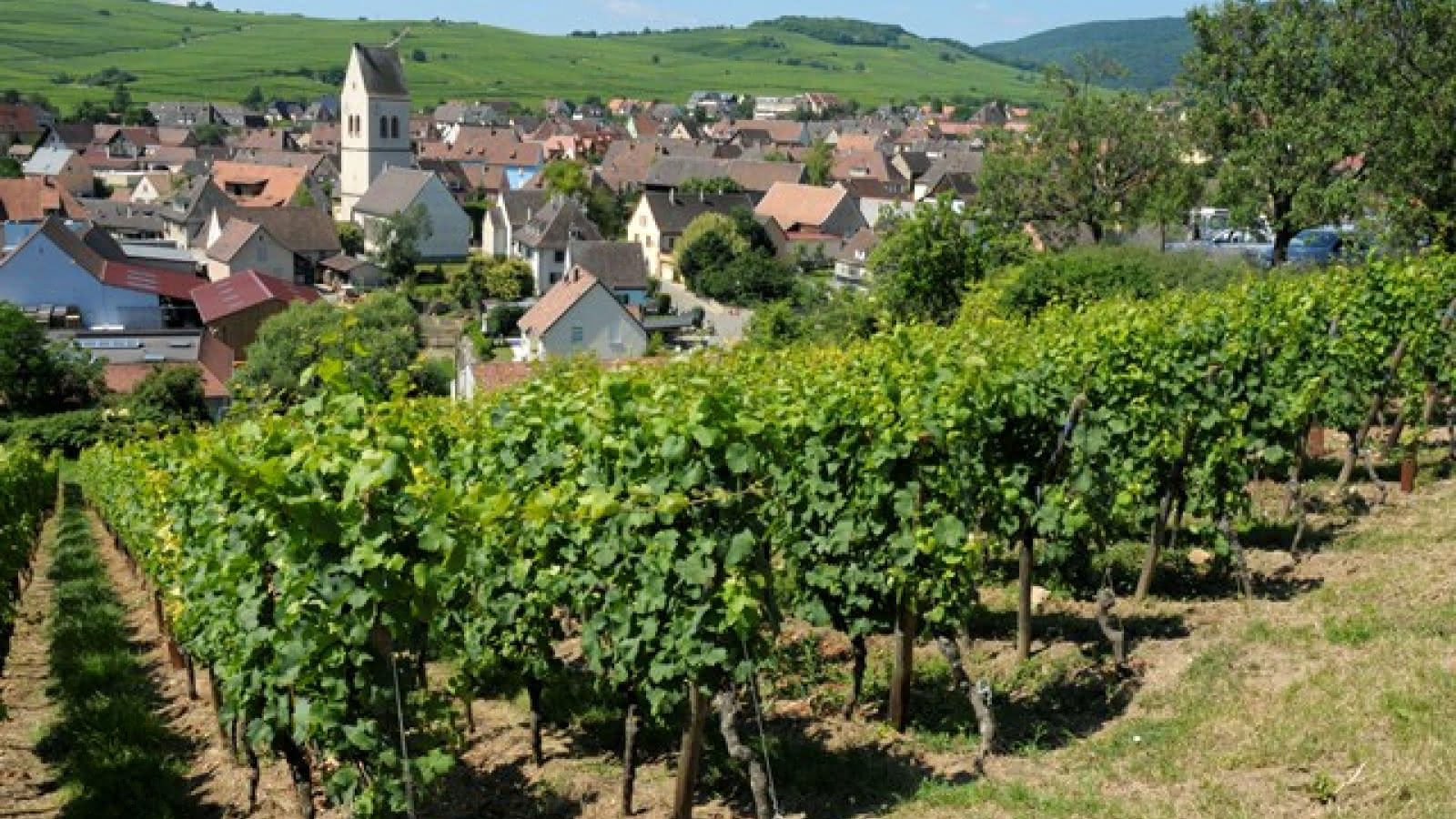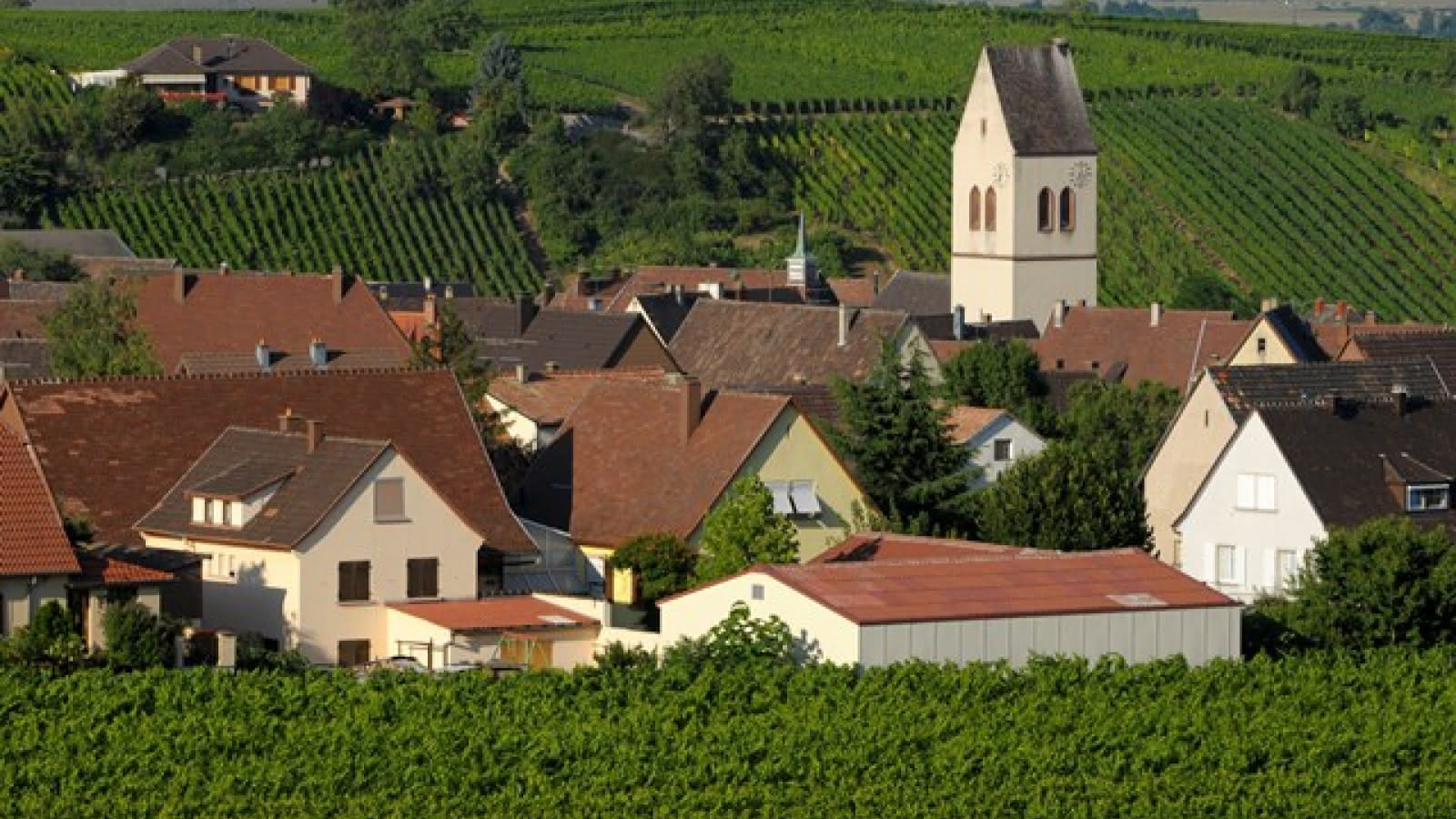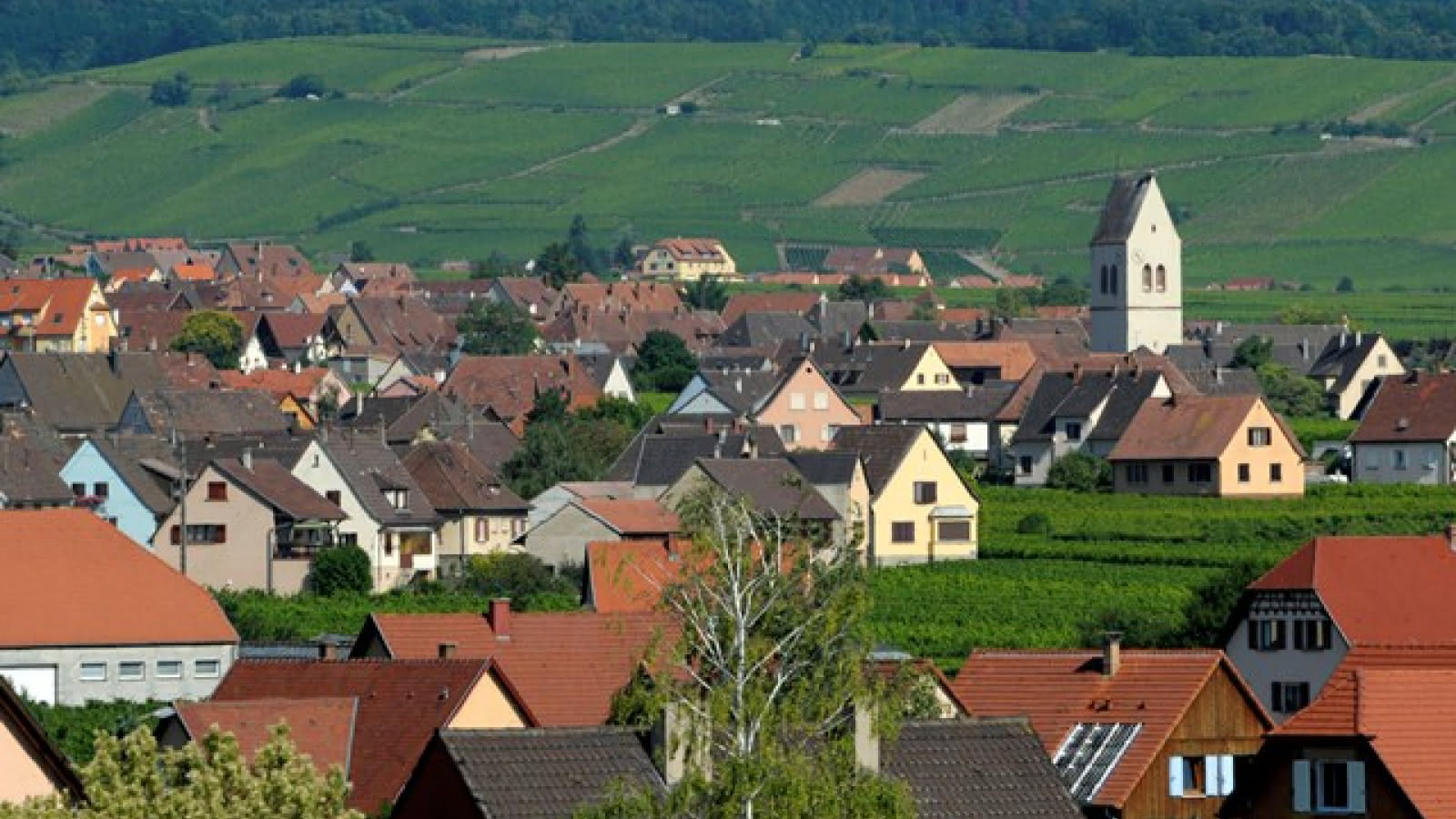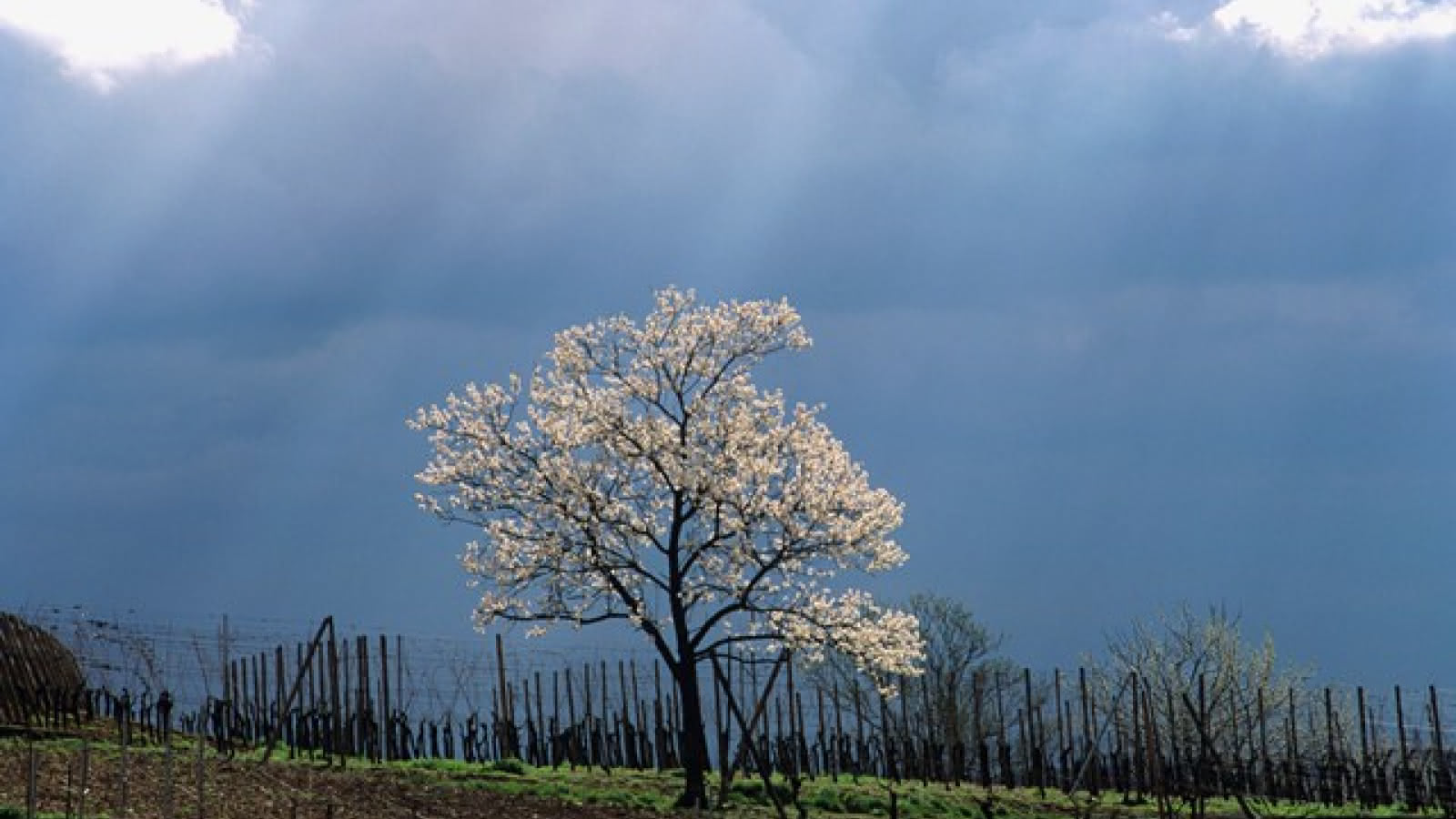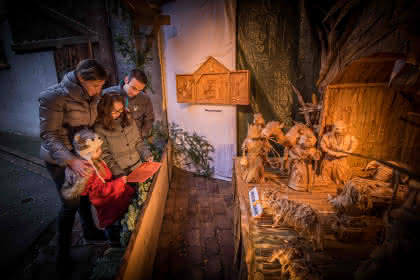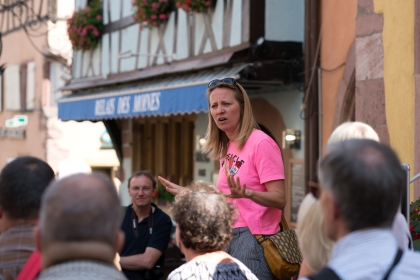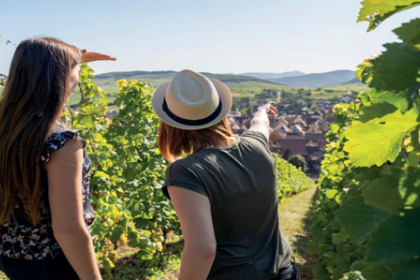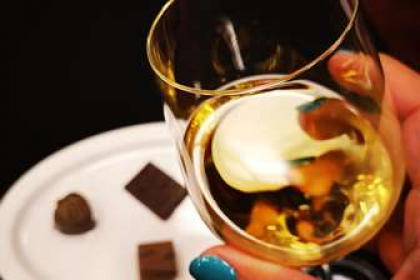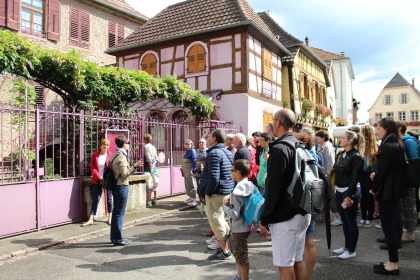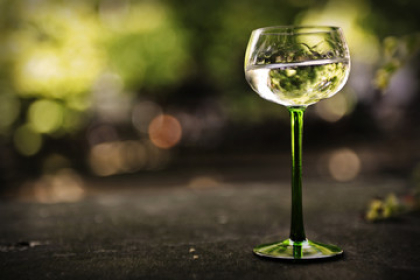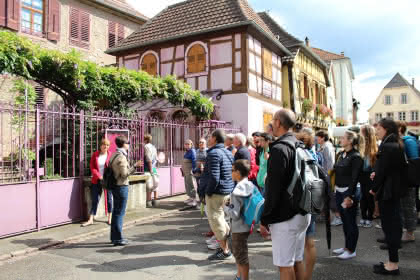Discovery tour of Mittelwihr
- 45 min
- km
- Easy
Mittelwihr is a wine-growing village that is located on the Alsace wine road, with some twenty vintners; it is one of the “Pearlsof the Vineyards”.Mittelwihr is often likened to more southern regions, because of its microclimate and many almond trees.
Every year, you can delight in the sight of almond blossom on the Mandelberg (see point B ), where wines and the Grand Cru bearing the same name are successfully grown.
A fragment of a Roman altar to Jupiter, now visible in the Unterlinden Museum in Colmar, was found in Mittelwihr, a testa- ment to human occupation from the very beginnings of our era.
In the Middle Ages, a number of abbeys of Alsace and Lorraine owned properties in the village. At the time, Mittelwihr was part of the seigniory of Riquewihr, first a fief of the counts of Horbourg.
In 1324, it came under the control of the counts of Württemberg, who held it up to the French Revolution.
Mittelwihr castle, which belonged to the lords of Reflingen from the 13th to the 16th century, was successively held by several noble families and ultimately sold as national property during the Revolution, then destroyed in December 1944.
Mittelwihr was bombed, and almost entirely destroyed during the fighting in the “Colmar pocket” in December 1944. Only the lower parts of the medieval bell tower of the church and a few arches of the 19th century church and a few houses were spared. All the buildings in the village were rebuilt during the second half of the 20th century.
Gustave Stosskopf, an architect from Alsace, was responsible for the town morphology of Mittelwihr as it developed after the war.
The wine road forms the backbone. He created a public square before the town hall, adding shops, the fire station and the post office. Houses here are surprising in their diversity, since Stosskopf did not define any standard model, instead promot- ing architecture that leads to similarity, not uniformity.

